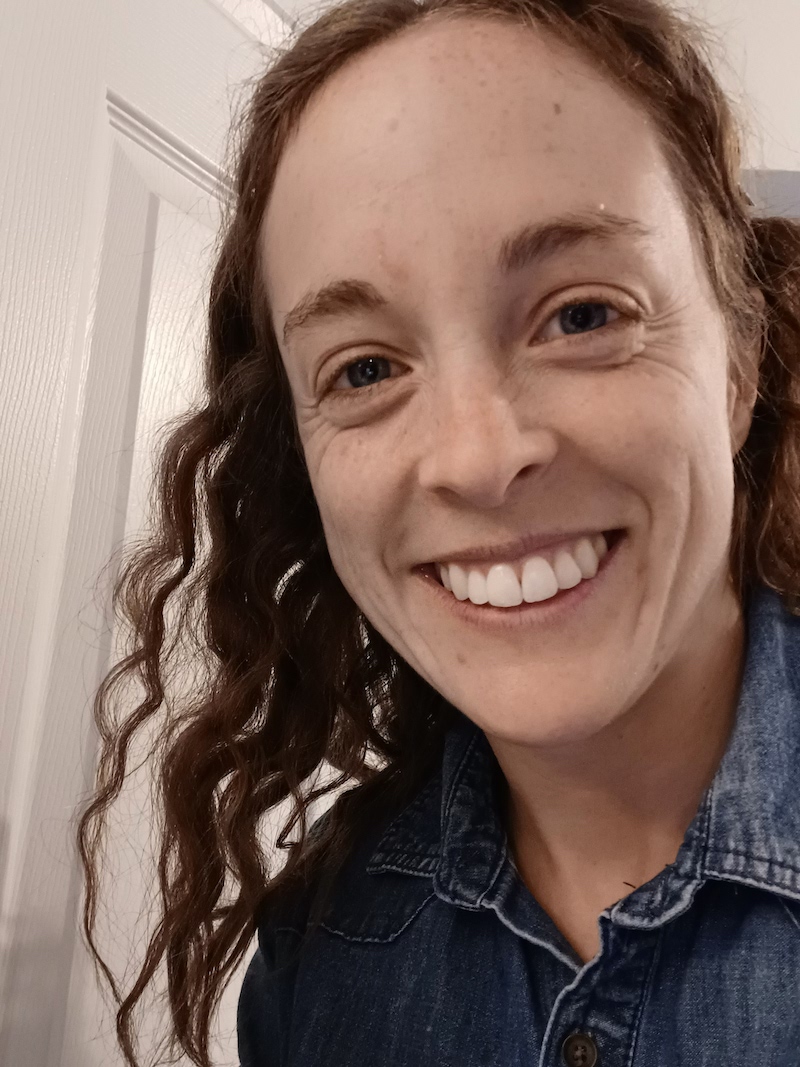Purpose of Sadness
I watched Inside Out for the first time last Thanksgiving. I loved it. It was a good movie, AND it explained so many things about life. I remember coming to the place where Joy realizes the purpose of Sadness and I found myself weeping.
When Riley (in whose head these emotions are in) was first born, it was just her and Joy. And Joy was alone for 33 seconds. Then sadness came, and Joy didn’t know what she did. Joy knew what the other emotions were for: Fear keeps Riley safe, Disgust keeps Riley from being poisoned, physically and socially, and Anger cares about things being fair.
When Riley’s old imaginary friend, Bing Bong, experienced a setback, he was sad. Joy tried to get him up and moving by saying things like this: “It’s going to be okay! We can fix this! What’s the next step? Who’s ticklish? Silly face! Fun game.”
This is how Joy fixes problems. It’s the only thing Joy can do. But Sadness says, “I’m sorry. They took something you loved. It’s gone forever. I bet you had good times. I bet Riley liked it. That’s sad.”
Joy was freaking out. She didn’t want Sadness to acknowledge that Bing Bong had lost anything real. She just wanted him to ignore what had happened and continue to be happy.
But it worked! Bing Bong got up and said, “I’m okay. The train station is this way.”
When Joy asked Sadness what she did, she said, “He was sad, so I listened.”
Listening is so powerful. Being understood calms big feelings. If someone takes the time to listen to me when I’m sad, and when I feel that they truly understand my situation, I feel a whole lot better. When I take the time to listen to my children’s emotions, and when I name them so they understand them too, they quiet down on their own.
Throughout the movie, Joy played back a few core memories: snuggling with her family, celebrating with her hockey team. One time, Sadness accidentally touched the memory globe and made it sad. It changed the family memory to Riley sitting alone after a hockey defeat. Joy was alarmed, because they didn’t know how to turn them happy again.
But later, Joy replays the whole memory. Riley loses a hockey game for her team, she sits on a tree branch by the hockey pond, very sad. Her parents see her sadness and come comfort her. They go get the team, who lifts Riley up on their shoulders because she’s usually a great player and they love her.
Joy says to herself, “Mom and Dad, the team; they came to help because of Sadness.”
The movie plays scenes of times in Riley’s childhood when she cried- times when she needed help from her parents. Sadness gets us help, and it really calms others down. If you notice, Riley’s lead emotion is Joy. Riley’s dad’s lead emotion is Anger. Riley’s mom’s lead emotion is–Sadness.
I see parents try to use Joy when their children are sad, and it really doesn’t work. Use sadness! Acknowledge the child’s loss. (We feel sad when we lose something. A loved one, an opportunity, a key, an expected reward, a relationship.) Say, “That’s sad.” It’s so powerful.


